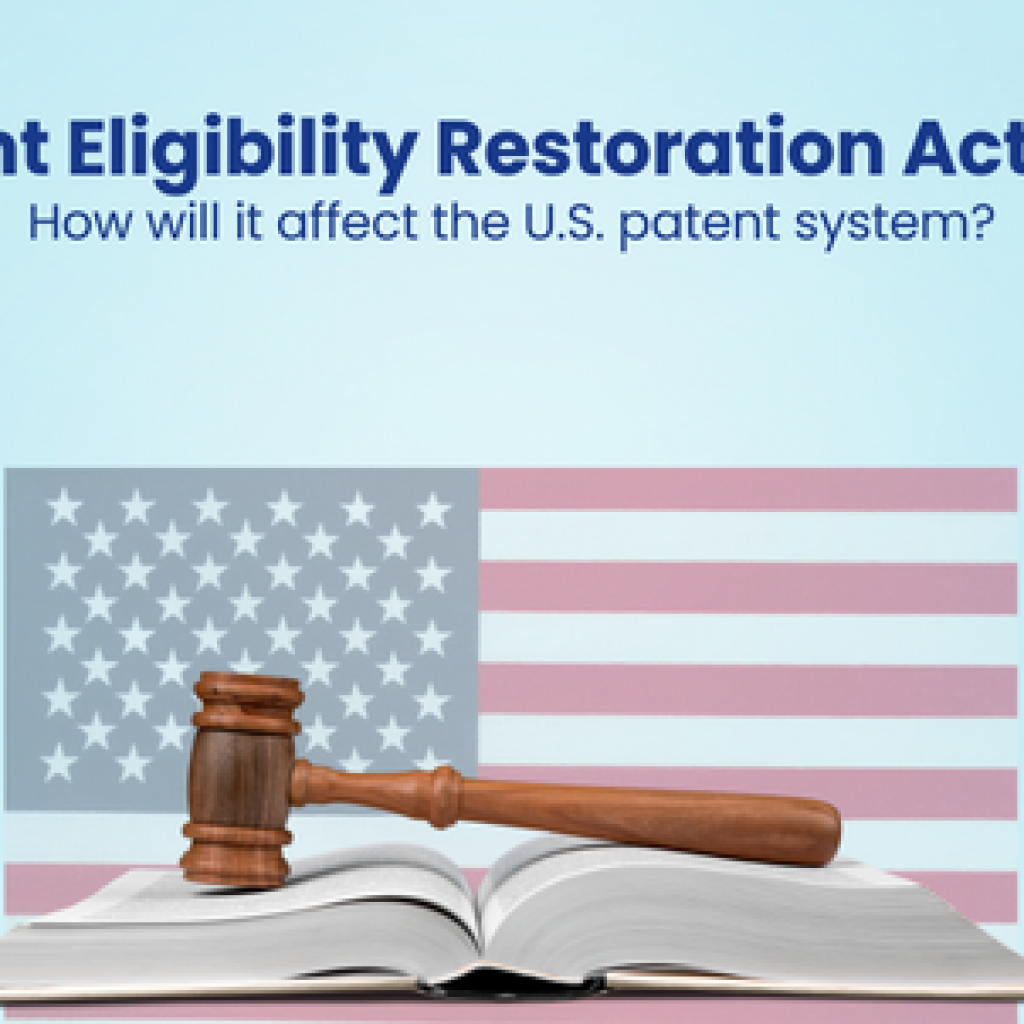Intelligence today is about using the collective knowledge of the organisation to reach an advantageous position in industry”
~~ Stevan Dedijer, the Father of Business Intelligence
Walmart launched its intelligent food system for produce in March 2018, and it must not have come as a surprise to other players if they had been tracking Walmart’s patent filings. Competitors could spot the hints of Walmart working on such a product seven months prior to the announcement.
However, the industry players that focus just on the market information gathered from market research when analyzing their competitors well, could have been surprised. The reason is that market research conducted for technological aspects is prone to miss crucial business insights due to the absence of technological information.
Companies that rely on technology to drive their growth should complement their market information from market research with technological information that could come from patent data – a publically available rich source of technical knowledge.
Like the Walmart scenario discussed above, market research conducted for technological aspects is prone to miss relevant information. But when it is mapped with patent data, it becomes a holistic competitive analysis that dives deep into the innovation strategy of the competitor, giving you the edge in the domain.
Well, to understand more why our researchers never consider market research complete without patent analysis, here is a case that breaks down the pros of studying patent data of your domain.
The case of the technology-based startup of Cannabis
This case study is based on similar lines. We would have missed a firm’s patent-based business strategy if we had not added technological aspects from patent research into the market information.
What was our client looking for?
A Cannabis company approached our team, and they were looking for information such as:
- What technologies their competitors were using to enhance the taste of Cannabis.
- In addition, they wanted a thorough analysis of the patents on this tech and if their competitors owned these patents.
Diving into the analysis:
We started with our traditional approach, and with a few online searches, we were able to track a startup Dhydra Technologies. The startup deploys the slow drying process for Cannabis to retain the natural terpenes in order to make it taste good.
As the demand for high-quality Cannabis is growing, consumers no longer settle for sub-par – they only want the best. Hence, this technology was of high value to our clients.
After cracking the technology, our next step was to look for related patents. Till now, the ride was smooth, and we expected the same moving forward. We started by searching “Dhydra” in assignee on various databases, including Derwent and Google Patents. But, the results were unexpected and, most importantly, irrelevant.
We improvised and looked for alternatives, like searching by the name of the company’s CEO/founder (Greg Stromotich), which led us to another company, “NuWave.” Next, we market searched to check if the company is linked to Dhydra Technologies, but we found nothing satisfactory.
You must be wondering why we aimed to look for Dhydra patents. The reason is that Dhydra mentions patenting their technology. And that is why not finding their patents was a signal, not noise.
We knew their patents exist, and GreyB is well known for “If it exists, we will find it.” So, we had to find it one way or the other.
The Breakthrough:
We added a few more logic and constraints in our search strings. This led us to NuWave as before. We analyzed the patents by NuWave and found that the patents were disclosing the dehydration process very similar to Dhydra’s technology.
We could see that Dhydra Technologies and Nuwave were somehow connected. However, we spotted no explicit link.
It was clear to us that we needed to read between the lines, find the seemingly unrelated dots, and then had to connect them. It was very similar to solving a jigsaw puzzle. We planned to implement the strategy of working backward from a solution than logically moving forward from logic to logic and premises to premises.
The quest finally led us to two dots that fit like jigsaw puzzle pieces. We found the pieces in the About Company sections of NuWave and Dhydra’s website. The text on both the websites was as follows:
“Greg Stromotich founded NuWave Research Inc. in 2009 because there was a gap between the science of vacuum microwave dehydration (VMD) technology and the practical applications for industry.”
“In 2009, we formed a research company to invent and implement a vacuum-based dehydration process for plant materials. Nine years later, we conducted a successful pilot of our process for a tier-one, licensed cannabis producer—a Canadian LP with global reach.”
We decided to map the claims of NuWave patents with Dhydra’s product to confirm a link. The claims in the patents and product features of Dhydra overlapped like butter on hot bread — quick and all over.
Well, to be honest, the company had cleverly veiled its patents, and we would have missed this breakthrough if we had not performed the patent analysis.
Parting Thoughts:
This case is an example of how competitive analysis gets empowered by including patent analytics. If we relied on only one source of data, chances were we would have missed the hidden strategy of Dhydra and removed the company from our list because of a lack of patents.
Patent Analytics can help you answer vital questions such as:
- Which tech areas are your competitors working on?
- Is someone else working on the problems that your company is trying to solve?
- Which technologies should you look out for?
- Are there any breakthrough startups working in your industry?
It will help you look out for potential threats and collaboration possibilities with startups and universities while helping you plan your company’s next strategy.
Fill out the form below to learn how you can uncover insights about your industry and competitors.
Authored by: Rajneesh Rana, Research Analyst (Market Research)









